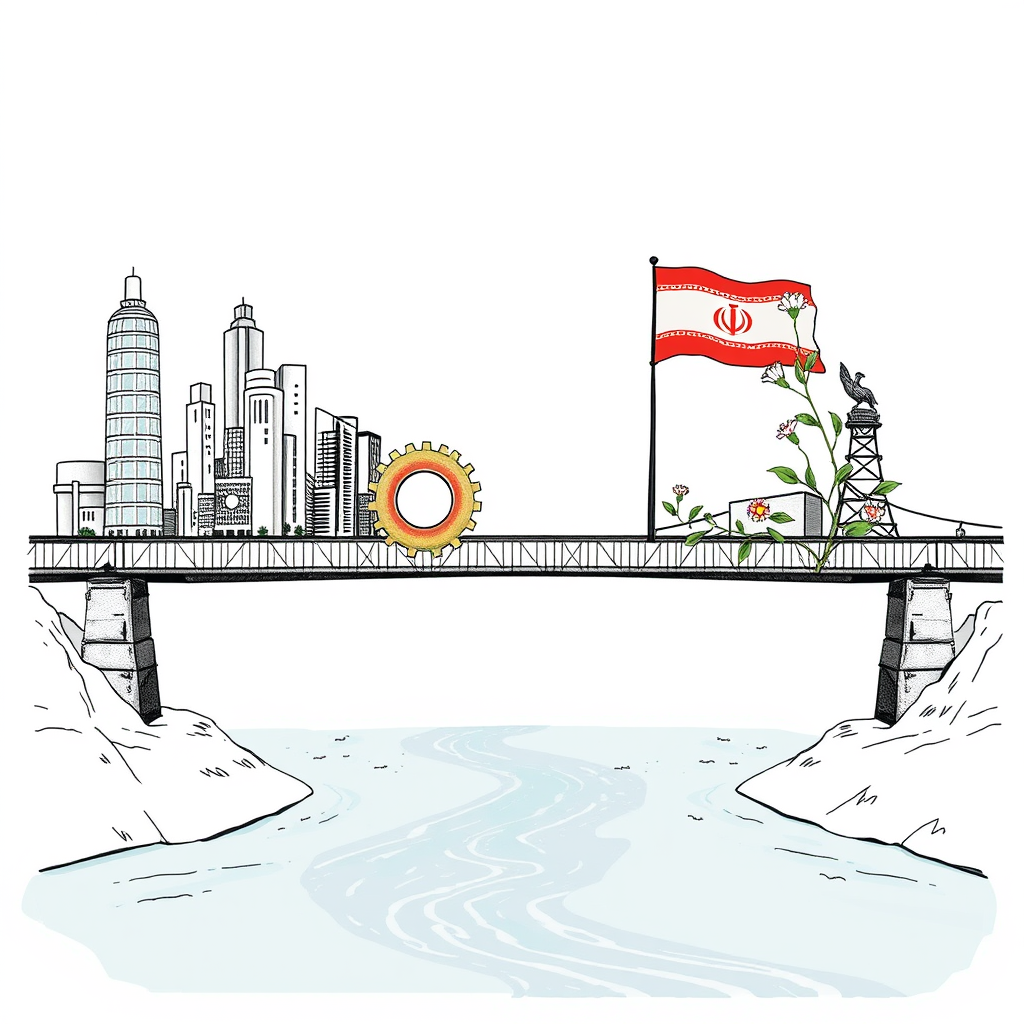US and Iran Have More in Common Than You Think

Amidst escalating tensions and discussions of potential collapse following recent clashes between Israel and Iran, a less explored facet of the relationship between the two nations offers a surprising glimmer of hope: shared cultural and behavioral traits. While experts debate the future of Iran, a compelling argument emerges that fundamental similarities between Iranians and Americans could pave the way for a more constructive future, particularly should a significant political shift occur in Tehran.
The notion that these two historically adversarial nations share common ground was initially brought to light by a senior Iraqi official during a private dinner with the author. This official posited that both Americans and Iranians are driven by a potent combination of revolutionary spirit, entrepreneurial drive, and a deeply ingrained, sometimes frustrating, bureaucratic approach to governance. Subsequent conversations with Iran experts largely validated this observation.
The revolutionary spirit, so central to American identity since 1776, finds a parallel in the 1979 Iranian Revolution and the enduring “underdog” mentality it fostered. While the specifics of the revolutions differ, both nations demonstrate a strong desire to define their own destiny and challenge established norms. This shared characteristic isn’t merely historical; it’s a foundational element of national identity for both peoples.
Furthermore, both countries exhibit a remarkable entrepreneurial spirit. The United States consistently ranks among the world’s leading innovators, second only to China in patent filings. Iran, despite facing significant economic sanctions, consistently outperforms other nations with similar income levels in innovation, demonstrating a similar capacity for ingenuity and resourcefulness. Experts suggest that, absent sanctions, Iran possesses the potential to become a technological powerhouse, a potential already evident in its nuclear program.
Perhaps surprisingly, both nations also share a penchant for bureaucratic processes. While this can lead to inefficiency and delays, it also reflects a shared respect for rigor, order, and careful consideration in decision-making. Despite their differing political systems – a democracy in the US and a theocracy in Iran – both countries operate within complex bureaucratic structures.
These similarities aren’t merely academic observations. They represent potential bridges that could be leveraged should a significant political transition occur in Iran. A regime change, while potentially destabilizing, could create an opportunity for Washington to foster a more positive relationship. Understanding these shared traits could be crucial in influencing the path forward.
Several key strategies could be employed. Increased outreach to Tehran, particularly from the youth who would likely be at the forefront of any new movement, could be effective. Soft power initiatives, such as cultural exchanges, could help normalize relations.
The large Iranian diaspora in the United States – estimated between 400,000 and 570,000 – represents a valuable resource. Their insights and perspectives should be carefully considered, though policymakers must also be mindful of potential biases.
Finally, engaging key allies, such as the United Kingdom, France, Turkey, and Canada, could facilitate a more constructive dialogue with Tehran. These nations maintain diplomatic ties with Iran and could serve as intermediaries.
While the path to a more amicable relationship between the US and Iran remains fraught with challenges, recognizing and leveraging these shared characteristics offers a surprising, and potentially vital, avenue for progress. Dismissing these commonalities would be a strategic oversight, particularly as the region navigates a period of intense uncertainty. Acknowledging these shared traits isn’t about condoning past actions or ignoring present disagreements; it’s about recognizing the potential for a future built on mutual understanding and shared interests.